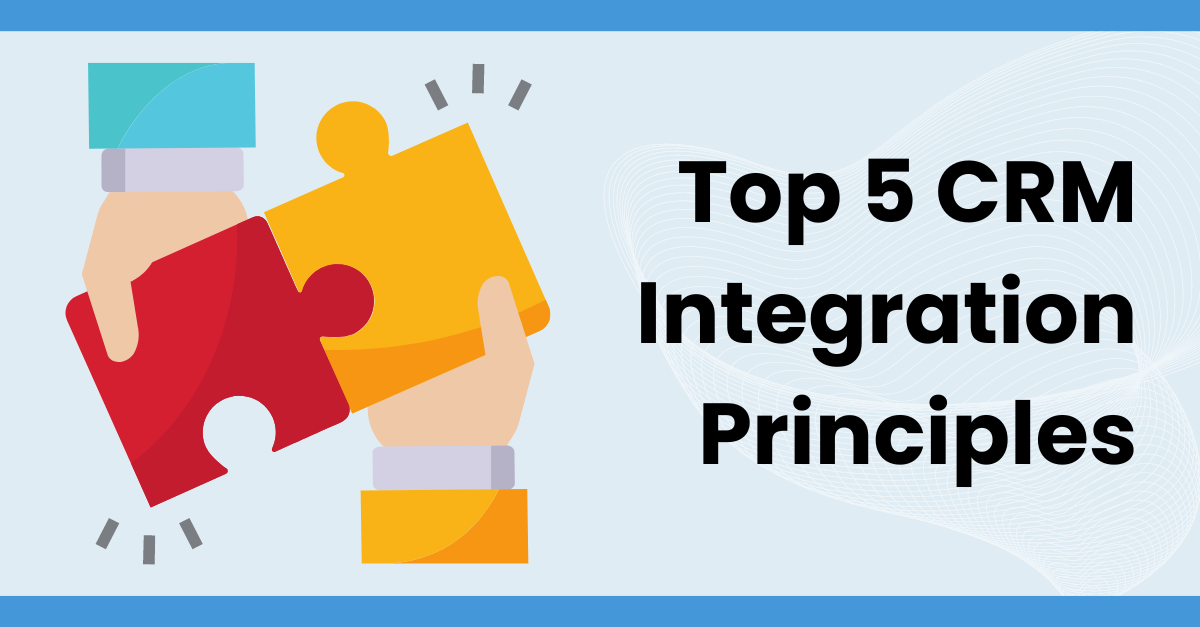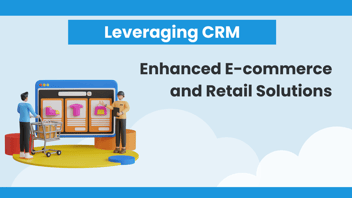CRM integration, meaning the process of connecting your CRM software with other applications to create a unified and seamless customer experience, sounds simple, right? Well, yes and no. CRM integration can be a tricky and complex endeavor, especially if you don’t follow the basic principles listed in this article. We’re going to give you the basic CRM survival guide you need for successful CRM integration to enhance your customer relations and streamline your business processes. Let’s get started!
Principle 1: Know your goals and requirements
Before you start integrating anything with anything, you need to have a clear idea of what you want to achieve and why. Why bother with CRM integration? What objectives and benefits do you have in mind? What do you hope to achieve? Do you have functional and technical requirements you need to meet? These are some of the questions you’ll need to answer before you embark on your CRM integration journey. Otherwise, you might end up with a Frankenstein-system that does everything and nothing at the same time.
Principle 2: Choose the right integration method and tools
There are many ways to integrate your CRM with other applications and data sources, such as APIs, webhooks, middleware, connectors, plugins, etc. We have a number of resources and blogs detailing the different integration methods available and when to use them. Each method has its own advantages and disadvantages, depending on the complexity, scalability, security, and performance of your integration needs. Choosing the right method and tools based on your goals, requirements, and CRM software architecture is crucial. Don’t just pick the first option that pops up on Google, or the one your cousin recommended. Do your research and compare the pros and cons of each option. Or enlist the help of a Diamond HubSpot and Salesforce Partner.
Principle 3: Ensure data quality and integrity
One of the main benefits of CRM integration is to have a single source of truth for your customer data. However, this also means that you need to make sure that the data that flows between your CRM and other systems follows a high quality standard of data integrity. Data integrity refers to the accuracy of data, the completeness of data, the timeliness of data, and the validity of data. You need to implement processes of validating, cleansing, transforming, and synchronizing your data, otherwise you’ll end up with garbage in, garbage out, and a whole lot of unhappiness.
Principle 4: Test, monitor, and troubleshoot
Once you’ve integrated your CRM software with other systems through a method that suits your needs, you need to make sure everything is working properly. How can you do that? By testing your integration thoroughly, using different scenarios and data sets, and verifying that it meets your expectations. Integration isn’t a one-and-done. You’ll need to test and monitor your integration regularly, using metrics and alerts, to detect any problems or abnormalities that might occur. And you need to troubleshoot your integration effectively to identify and fix the root causes of any errors or issues.
Principle 5: Keep your integration updated and maintained
Once again, CRM integration is not a one-time project, but an ongoing process. As your business needs ebb and flow, so will your integration needs. You need to keep your integration maintained, and ensure that it continues to deliver both value and results. You need to review your integration periodically to come to your own conclusion about its performance and effectiveness. You also need to update your integration accordingly, to accommodate any changes or enhancements in your CRM or other systems, and to leverage any new features or opportunities that might be available.
CRM integration is a great way to enhance your customer experience and optimize your business processes. In this article, we have shared the top 5 CRM integration principles we’ve discovered the hard way in order to help you plan and execute your integration. And if you need any assistance with your CRM integration, feel free to reach out to us, your friendly neighborhood CRM geniuses.





Leave a Comment